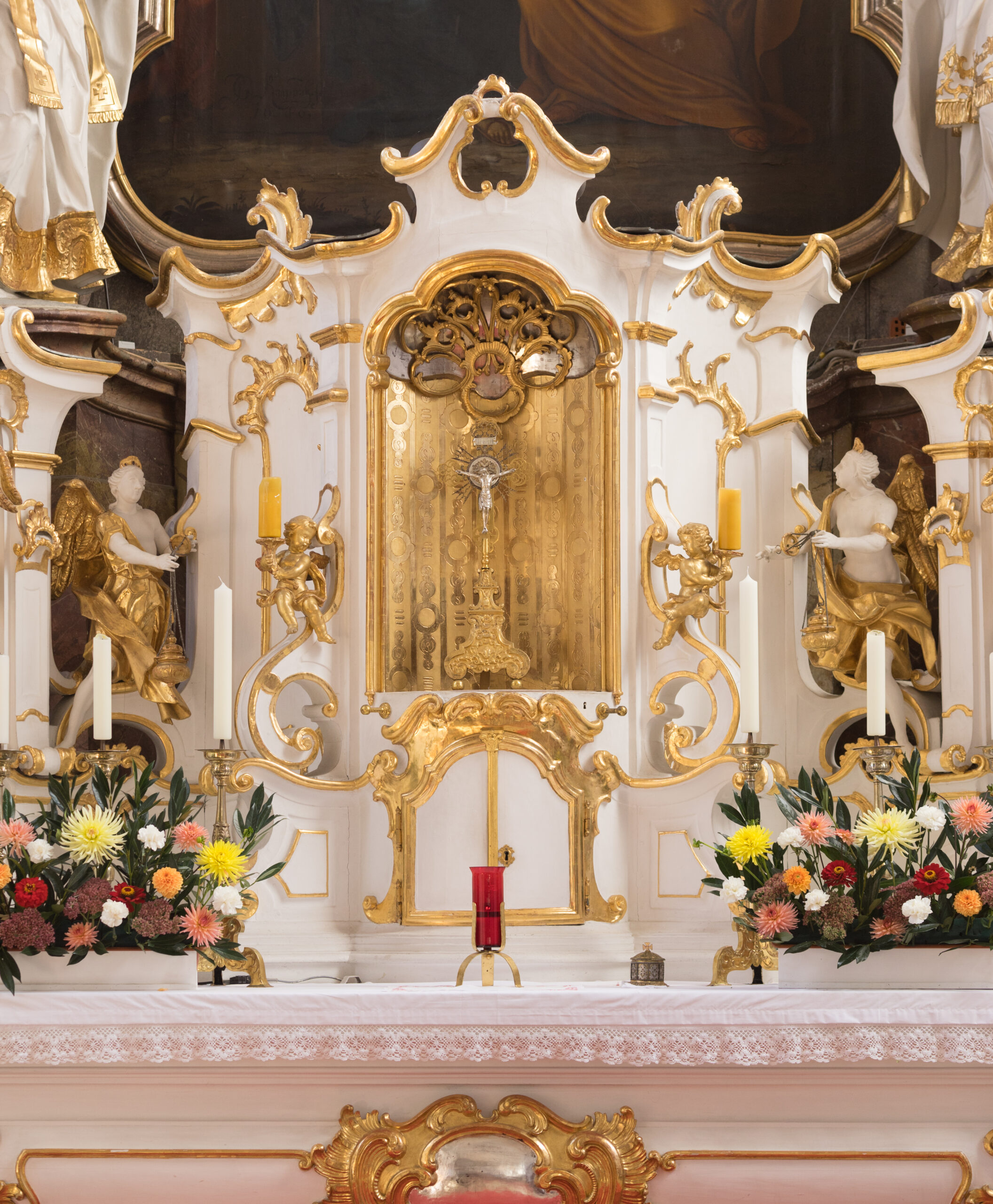Belief
Why Altars are decorated with Flowers
Altars, at the heart of sacred spaces across various cultures and faiths, are often adorned with a rich tapestry of flowers. These colorful and fragrant additions aren’t mere decorations but convey profound symbolism and significance in religious and spiritual contexts. In this in-depth exploration, we will uncover the reasons behind adorning altars with flowers, unraveling the language of blooms in the world of worship.
1. Symbolism of Beauty and Perfection
Flowers have long been celebrated for their natural beauty and perfection. They are seen as symbols of God’s divine creation. By placing flowers on altars, believers pay homage to the Creator’s handiwork, appreciating the beauty and perfection found in the smallest of natural details.
2. Sign of Offering and Devotion
The act of placing flowers on an altar is a gesture of offering and devotion. It is a way for worshippers to present something beautiful and pure to the divine, reflecting their reverence and dedication. In various religious traditions, the act of offering flowers is considered a form of devotion, a symbol of one’s spiritual commitment.
3. Fragrance as a Symbol of Prayer
The sweet fragrance of flowers carries a unique spiritual symbolism. It is often considered an embodiment of prayer ascending to the heavens. The aroma of fresh flowers is believed to carry the essence of purity and sanctity, making it a suitable vehicle for conveying the intentions and prayers of the faithful.
4. Impermanence and Transience
The transience of flowers mirrors the impermanence of life. The blossoming and eventual wilting of flowers serve as a reminder of the fleeting nature of human existence. This symbolism encourages contemplation on the temporary nature of life and the pursuit of spiritual growth and fulfillment.
5. Colors and Seasons
Different flowers are associated with specific seasons and liturgical periods. For example, during the Christian season of Lent, purple flowers may be used to symbolize penance and reflection. White flowers, representing purity, are commonly seen during weddings and other joyful celebrations. The choice of flower color is often intentional, aligning with the liturgical season or the theme of the service.
6. Sign of Celebration and Joy
Flowers are used to celebrate significant religious events, such as Easter, Christmas, and other festivals. These vibrant blooms signify the joy and exuberance of the occasion, enhancing the sense of celebration and gratitude.
7. Natural and Simple Beauty
The natural simplicity of flowers aligns with many religious principles, emphasizing humility and modesty. Flowers, often uncomplicated and unpretentious, embody these qualities, making them suitable adornments for altars that reflect the values of humility and simplicity.
8. Healing and Comfort
In some spiritual practices, flowers are believed to have healing properties and are used as offerings to seek divine assistance in times of illness or distress. The presence of flowers on altars can offer solace and a sense of healing and comfort to those who come to worship.
Conclusion
The practice of adorning altars with flowers is far from a superficial act of decoration. Instead, it is a profound spiritual gesture that communicates devotion, beauty, and symbolism. Flowers convey the impermanence of life, the fragrance of prayer, and the celebratory nature of religious events. They serve as a bridge between the natural world and the divine, offering a language of blooms that speaks of faith, devotion, and reverence. The use of flowers in religious settings enriches the worship experience, creating an environment that is not only visually pleasing but spiritually uplifting and deeply meaningful.
About Author
























